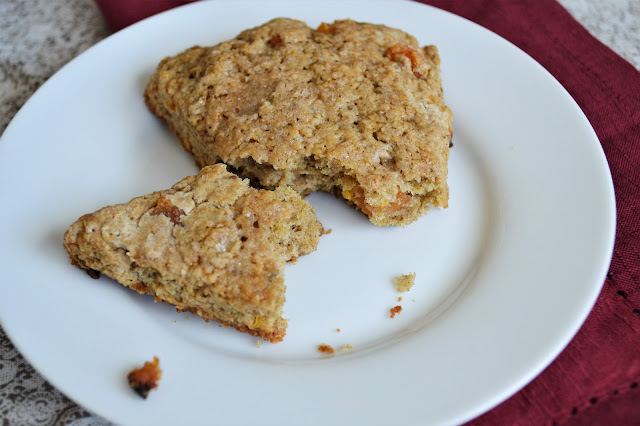Many
years ago, I would make quiche once in a while on weekends for a late breakfast
or brunch. I don’t know why I wasn’t intimidated by it, since I’m not sure I
really knew much about cooking back then. I did trust in recipes, however, and
the one I used for quiche, which is in both editions of the Better Homes and Gardens Cookbook that I
have, is very good indeed.
Time,
pastry fear, and the concept of the far simpler frittata (like this one and this one from really old posts) all caused me to abandon quiche for years. I set out
to rediscover it recently, and I love it all over again! It does take some time
to make, but, after all, I do like to cook, and I find it to be time well
spent.
This
quiche starts with a blind baked crust. I had a store-bought one on hand, so I
used it up. I don’t find the ready-made crusts as satisfying as even my poorest
homemade attempts, but they do win in one category: convenience. If it will
make the difference between having pie and not having pie, I will go with the rolled-up
crust in the box.
The
crust, however, is just a vehicle for this ultra-rich filling loaded with bacon
and cheddar cheese. I followed a quiche recipe some years ago that called for
heavy cream in the custard, and the texture and flavor were a revelation. I
decided to go that route, which made a wonderfully creamy, luxurious quiche. You
definitely could lighten it up by using half and half or milk in place of the
cream, but if you’re going for a winter hibernation experience, go for the
cream!
This,
of course, is a basic recipe that can be varied endlessly. Different cheeses
are equally at home. Chicken, ham, cooked ground beef, no meat of any kind– all
of these could sub for the bacon. More veggies, herbs, spices. Lighter,
heavier. Make it your own!
However
you choose to make your quiche, do make it. Make it for breakfast. Make it for brunch.
Make it for lunch or supper. And then have the leftovers for breakfast!
Bacon Cheddar Quiche
Adapted from Better Homes and Gardens
You can use your favorite pie
crust recipe here. I think this one and this one will work fine. I actually used
a store-bought crust, which will do.
3
strips bacon
1
pastry for a single-crust pie
4
eggs
¾ cup
milk
¾ cup
heavy cream
¼ cup
finely chopped green onions
¼ teaspoon
coarse salt
1/8
teaspoon freshly ground black pepper
A pinch
of freshly grated nutmeg
1 ½
cups shredded sharp cheddar cheese
1
tablespoon all-purpose flour
1. Cook
the bacon until crispy. Drain, cool, and chop. Set aside.
2. Preheat
oven to 450 F. Roll out the pastry dough into about a 12-inch circle. Drape
into a 9-inch pie plate. Crimp the edges decoratively if desired.
2.
Spray one side of a sheet of aluminum foil with nonstick cooking spray. Place the
foil, spray side down, on the pastry. Place pie weights inside the foil. Bake
the crust at 450 F for 8 minutes. Remove the foil and the weights. Return to
the oven and bake 4-5 minutes more, or until the crust is beginning to brown and
appears dry. When the crust is finished blind baking, remove from the oven and reduce
the oven temperature to 325 F.
3.
While the crust is baking, begin the filling. Beat the eggs in a medium-size
bowl. Beat in the milk and cream. Stir in the green onions, salt, pepper,
nutmeg and cooked bacon.
4.
In a small bowl, toss the cheese together with the flour until the cheese is
well coated. Stir into the egg mixture.
5. Place
the pie plate with the baked crust onto a sheet pan. Pour the egg mixture into
the hot crust. Place the quiche on the sheet pan into the oven and bake at 325
F for 40-45 minutes, or until the center is just set. A knife inserted in the
center will come out without any liquid egg on it.
6.
Remove from the oven and cool at least 10 minutes. Cut into wedges and serve
warm or at room temperature.
Makes
8 main-dish servings. Leftovers can be covered and stored in the refrigerator.
Warm in the microwave to serve (the crust will not remain crisp, but all will
still be pretty tasty.)
Other
recipes like this one: Corn and Green Onion Tart with Bacon, Chard Tart with Feta Cheese and Olives, Ricotta Tart with Peppers and Onions, Savory Carrot and Ricotta Pie
One
year ago: Grandmama’s Buttermilk Biscuits









